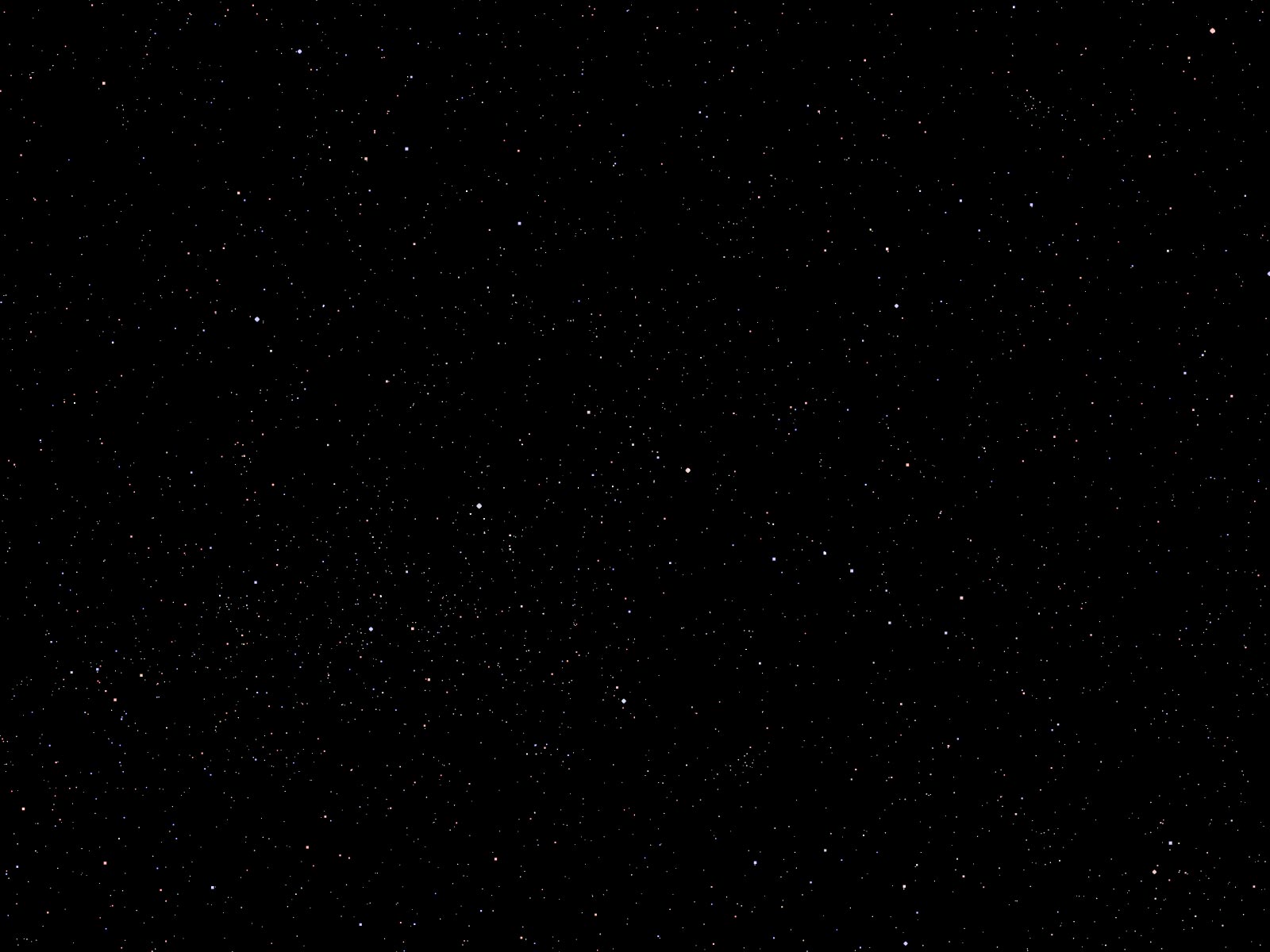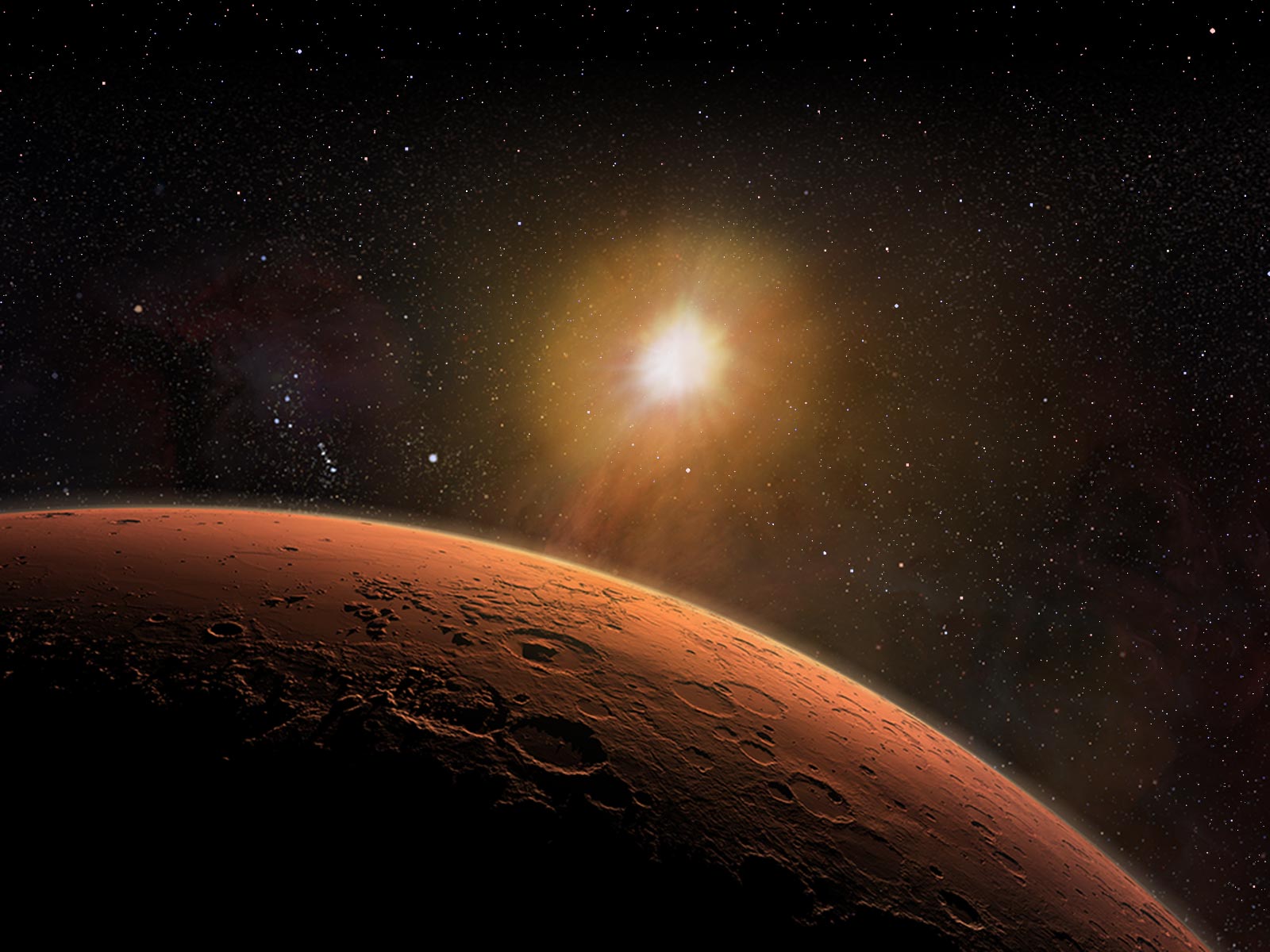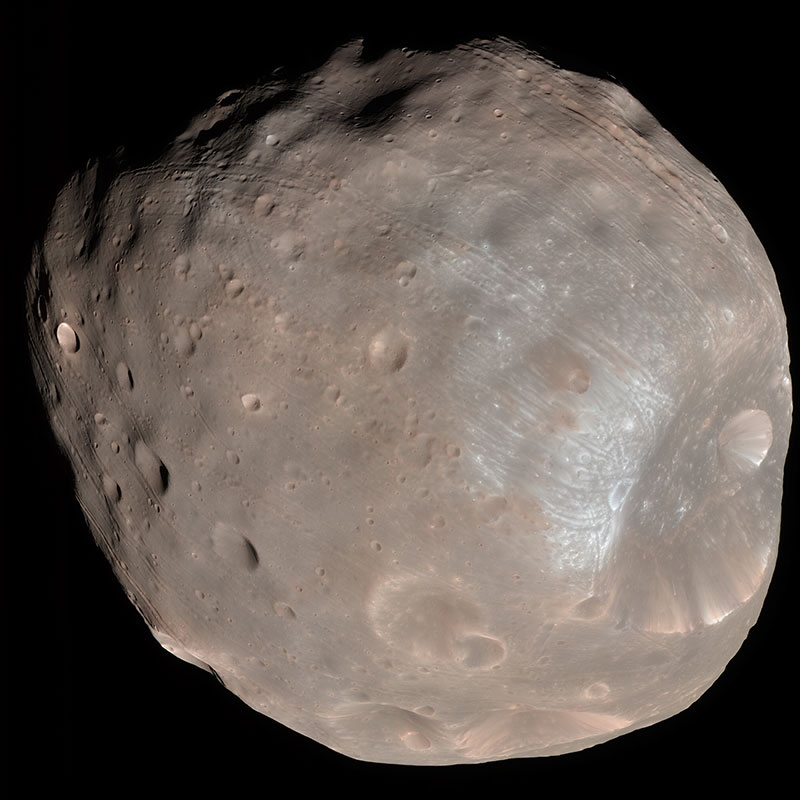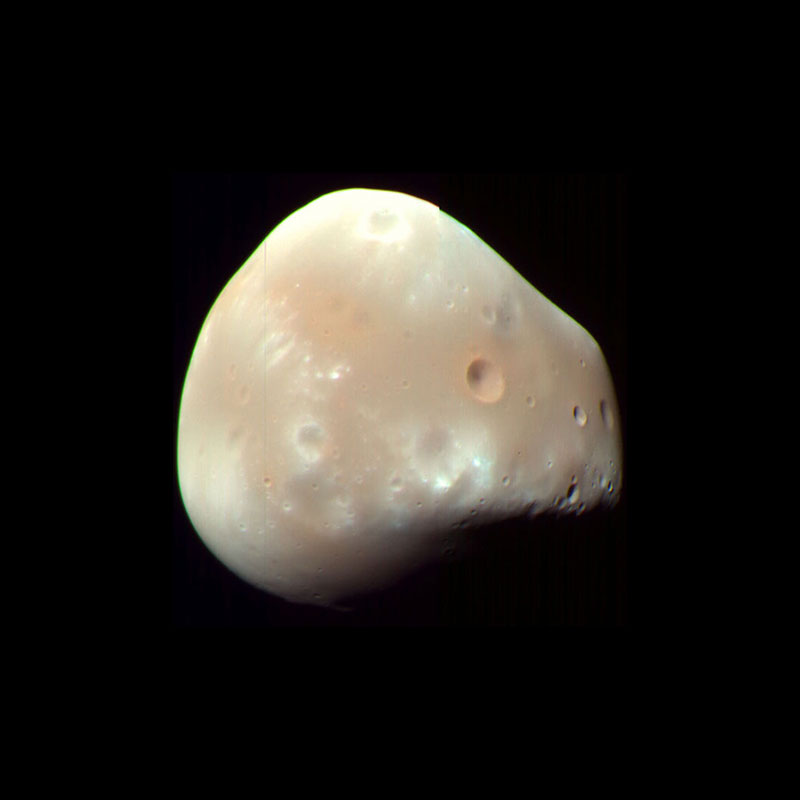


 U.Mars — Encyclopedia
U.Mars — Encyclopedia
Basic Astronomy and the Nighttime Sky
Mars has two natural satellites, Phobos and Deimos, named after the mythological sons of Ares (Mars); their names mean "fear" and "dread," respectively. They were discovered by American astronomer Asaph Hall in 1877.
Phobos, possibly a captured asteroid, has a very low orbit above Mars which is decaying over time; eventually (in a matter of 50 million years or so) it will be tidally disrupted (broken up by differential gravitational forces), its remains plummeting to the Martian surface. Phobos' fast orbit means it circles the planet three times a day, which combined with its small orbital inclination allows for the regular occurence of eclipses.
Deimos orbits much farther from Mars, and is slowly drifting away from the planet over time. Like its "brother" Phobos, Deimos is an oddly-shaped, heavily cratered body of rock (and some ice) and has no appreciable atmosphere. Its seeming smoothness (relative to Phobos, or to Mars) is probably a result of having such low surface gravity as to not experience secondary cratering from returning impact ejecta; most material blasted off of Deimos by an impact simply escapes to space.
See also:

physical size:
26.8 x 22.4 x 18.4 km
mass:
1.872 x 1016 kg
orbital semi-major axis:
9,376 km
orbital eccentricity:
0.0151
orbital inclination:
1.075°
rotation period:
7.65 hours
orbital period:
7.65 hours
for more information:

physical size:
15 x 12.2 x 10.4 km
mass:
1.476 x 1015 kg
orbital semi-major axis:
23,458 km
orbital eccentricity:
0.0002
orbital inclination:
1.788 degrees°
rotation period:
30.3 hours
orbital period:
30.3 hours
for more information: